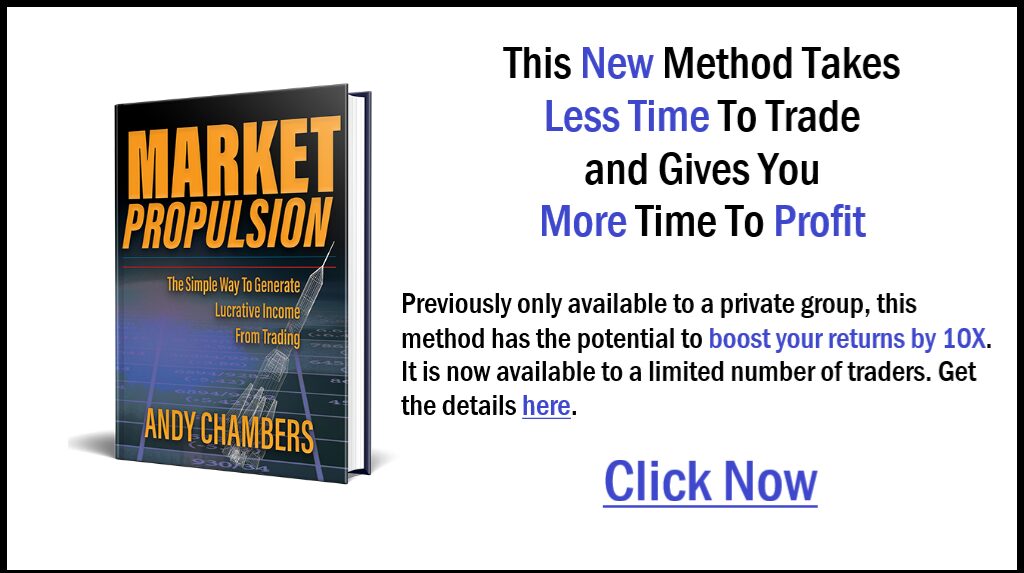Sure that trade looks ugly, but it has to get better, right? it can’t get worse… can it?
We have all fallen victim to second guesses and tried to wish a trade to turn around. It begs the question of how long do you wait to exit a trade? It could even be a profitable trade and you find yourself wondering if you take the profit or let it run. Here are a couple things to think about that may make that easier and more effective.
Here is a great example of a trade we looked at recently (read the article here). This is just an example so it could be a chart from years ago or years from now. We spotted TAN, a clean energy ETF,


The arrow shows where we analyzed TAN. At the time It had broken through the 200 day moving average (in red), and showed signs of moving towards a previous high. As you can see that did happen, but not before it dropped and fell below the other moving averages. If we held on, we would have been rewarded nicely, but there was no guarantee that it wouldn’t plummet even farther.
The key here is to set an exit strategy before you enter the trade. Write it down. It can be a trailing stop, it can be a key price point (drops below the 50 day moving average), it can a threshold with a time limit (if it doesn’t hit my target in x days, I am exiting). Any plan is good, but set it before you enter the trade.
As you are watching the trade play out, you have a set amount of risk you accepted before you placed the trade. If you break your rule, you are taking additional risk that you weren’t comfortable with initially. That can work sometimes, but as a rule it is often costly.
Many times you will find that your instinct is right but your expectation of how long it will take to happen is not realistic. The trade above is a great example. We looked at call options when we first analyzed it that were at .50. If we’d have taken a shorter term option, that drop that followed could have easily erased any potential gains. But, using an approach that Andy Chambers outlines in his Market Propulsion guide, we looked at longer term options that gave us more time for that move to play out. Today that call option has almost tripled since we first looked at it.
Using his approach lets you set your risk to what fits your risk profile when you enter the trade and then gives you more time for it to play out. To check out the other tips and tactics Andy has put together, grab his guide here.
Keep learning and trade wisely,
John Boyer
Editor
Market Wealth Daily











Recent Comments